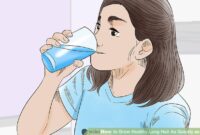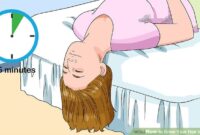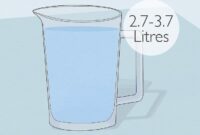smartesthairstyles.com – How to Regrow Hair : Can Natural Remedies Help? – Although hair loss is very common, we know you want to regrow thicker locks. While there are many fake hair regrowth home remedies online, there are a lot of things you can do that could have an effect. Unfortunately, if your hair loss is genetic, there is not much that home remedies can do about it. Fortunately, there are medications and minor procedures that can replace your hair, so see your doctor if home remedies don’t work for you.
- Massage scalp every day.
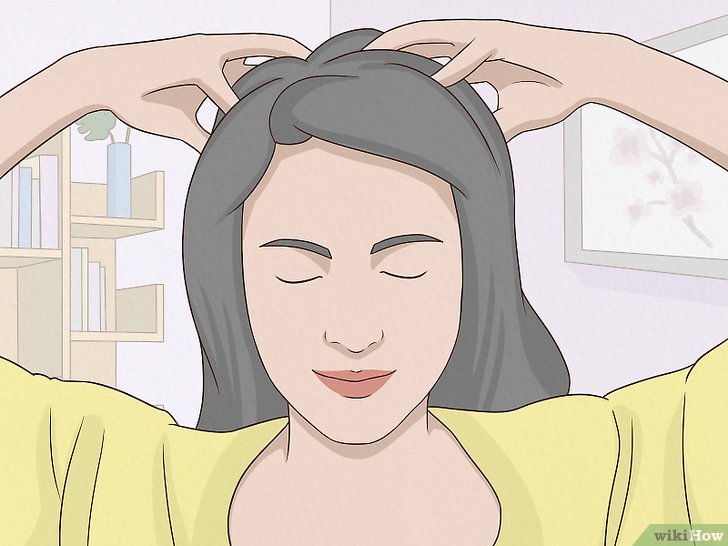
This could stimulate your hair follicles to produce more hair. A study showed that a daily massage for 4 minutes increases hair thickness. Try rubbing your fingertips over your scalp for a few minutes each day to see if that helps.
This will probably take a while to work. The study took measurements at 24 weeks, or almost 6 months.
You can also use a scalp massager.
- Reduce stress to avoid hair loss.
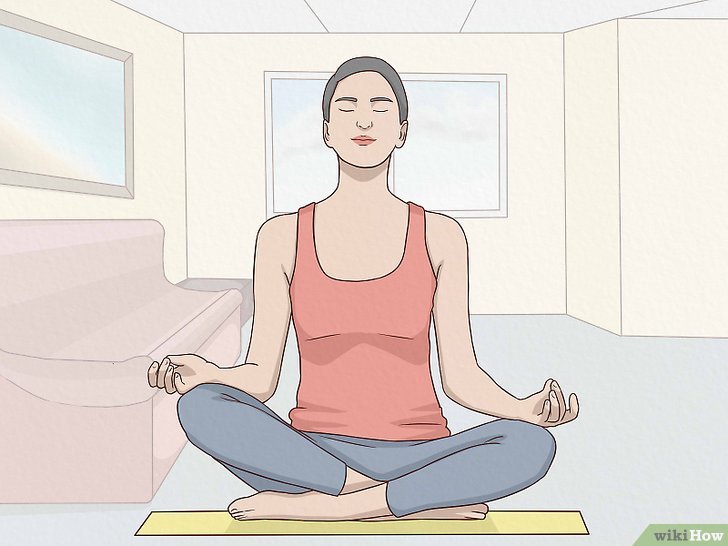
Stress has a significant impact and makes you lose hair faster. If you’ve been particularly stressed and notice that you’re losing hair, try to control your stress as soon as possible. Some positive changes could reduce hair loss.
Try to make time each day to do some relaxation exercises like meditation, deep breathing, or yoga.
Doing things you enjoy is also good for dealing with stress, so make some time each day for your hobbies as well.
If you’re struggling to manage your stress, talking to a professional therapist or psychiatrist can be of great help.
- Quit smoking or don’t start smoking.
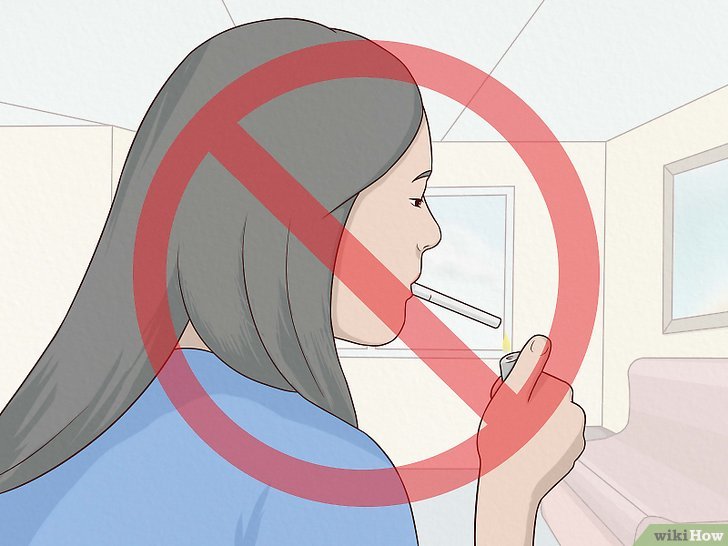
Smoking restricts blood flow to your scalp and can cause hair loss. If you smoke, quit as soon as possible to avoid health problems. If you don’t smoke, it’s best not to start in the first place.
Secondhand smoke can also cause health problems, so don’t let anyone smoke in your home.
- Wash hair with gentle shampoo and moisturizing conditioner.
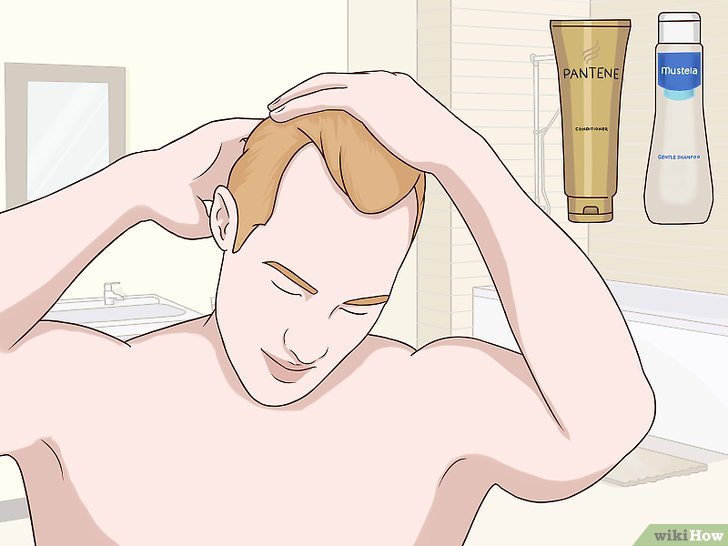
Cleaning your hair is important, but harsh products can strip away nutrients and oils. Use a gentle, alcohol-free shampoo to keep your hair nourished. Then, every time you shampoo, use a moisturizing conditioner to keep your hair hydrated.
Use products that are fragrance and alcohol free. Products labeled “Hypoallergenic” and designed for sensitive skin tend to work best.
Using a leave-in conditioner can also protect your hair throughout the day.
- Comb your hair gently.
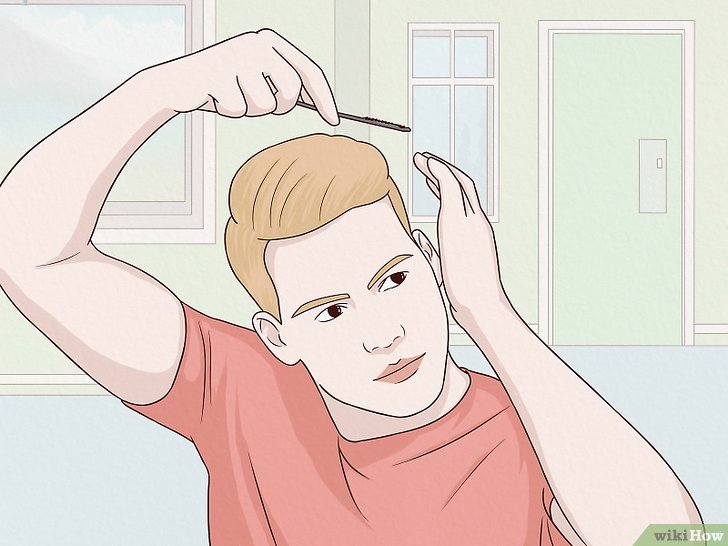
Constant brushing can damage your hair and scalp. Comb your hair just enough to style and then stop.
If you have a habit of pulling your hair during the day, stop doing that too. Any pressure could cause further hair loss.
- Stop using dye, oil or chemical straightening treatments.
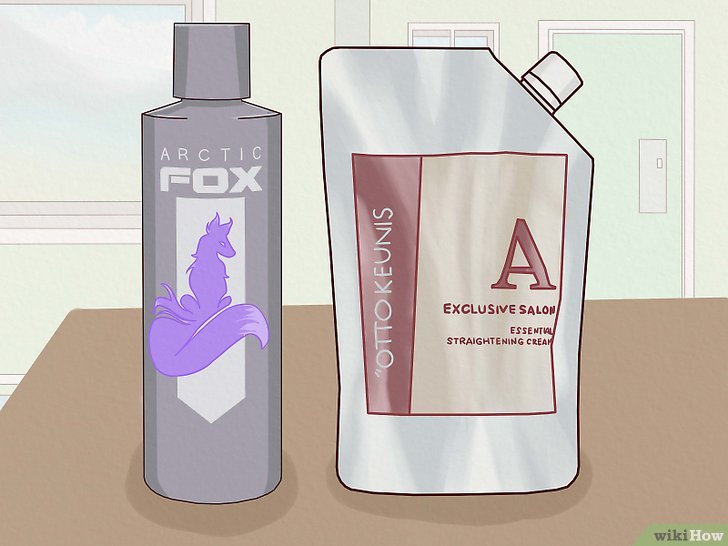
These treatments all use harsh chemicals that can strip nutrients from your hair. It’s best to avoid these treatments, especially if you’ve started losing your hair.
- Keep high heat away from your hair.
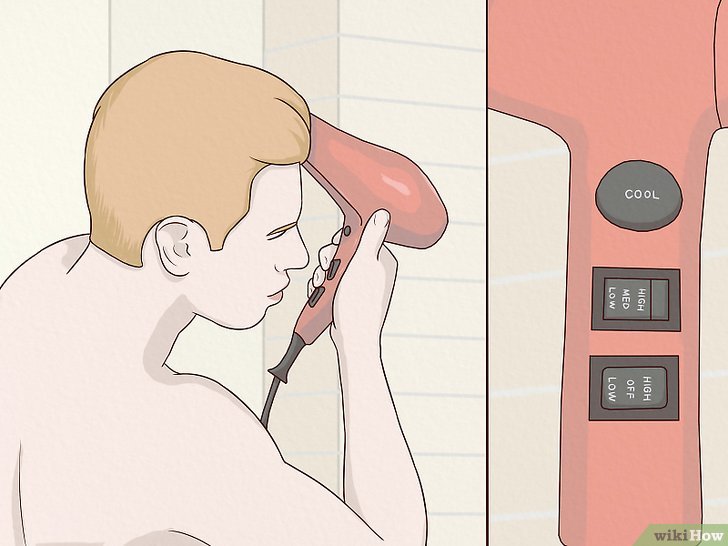
Heat from hair dryers or curling irons will damage your hair if used regularly. Avoid using these products as much as possible to avoid damaged and thinning hair.
Air dry your hair as much as possible. If you use a blow dryer, keep it on a low heat setting.
It’s okay to occasionally use curlers or straighteners. Just don’t do it every day.
- Get tested for nutrient deficiencies before making any changes.
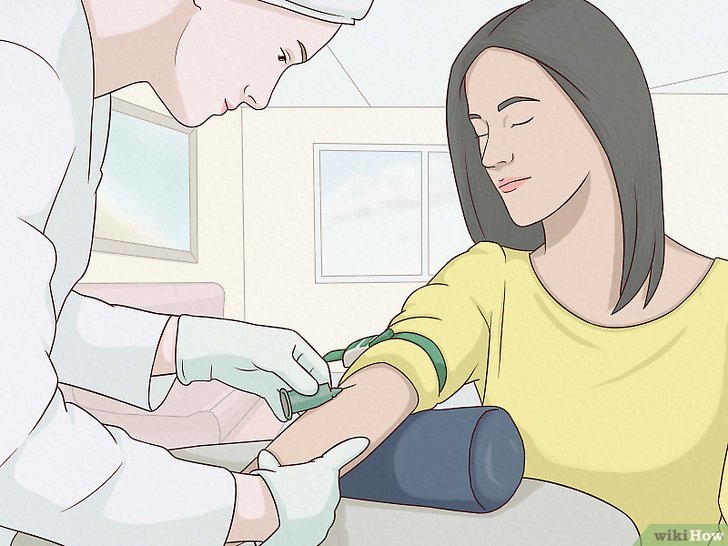
A simple blood test can confirm whether or not you are deficient in nutrients. While diet can play a big part in hair growth, diet changes generally only work if you’re already deficient. If you’re losing your hair and don’t know why, see your doctor for a blood test. The results can tell you if you need to make changes or not.
Unfortunately, diet changes don’t make much of a difference unless you have nutrient deficiencies. Some topical or medical treatments can still help.
- Eat a healthy number of calories each day.
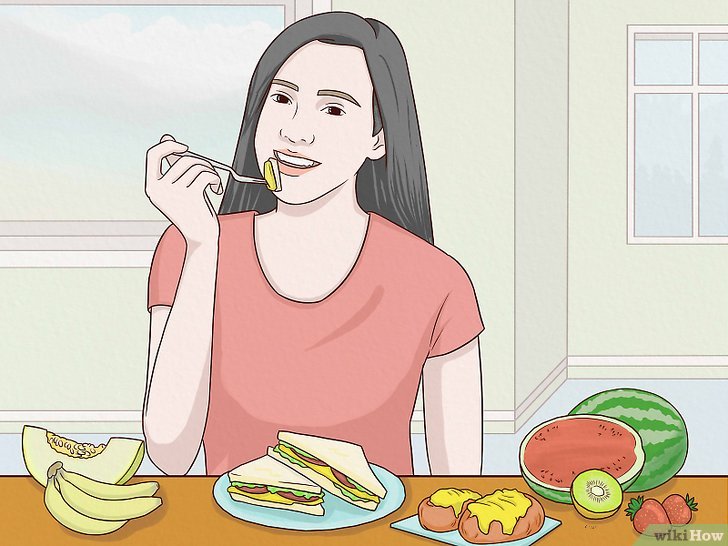
Eating too few calories can lead to hair loss, for example if you are on an extreme or crash diet. This can cause your body to become malnourished and unable to produce hair. Talk to your doctor to determine how many calories you need per day to stay healthy and stick to your regular diet.
In general, women can eat up to 1,200 calories a day and men can easily eat up to 1,500 calories a day. Dropping below these levels can lead to nutrient deficiencies.
Be extra careful when dieting. Track your calories so you don’t accidentally get malnourished.
- Supplement iron in diet.
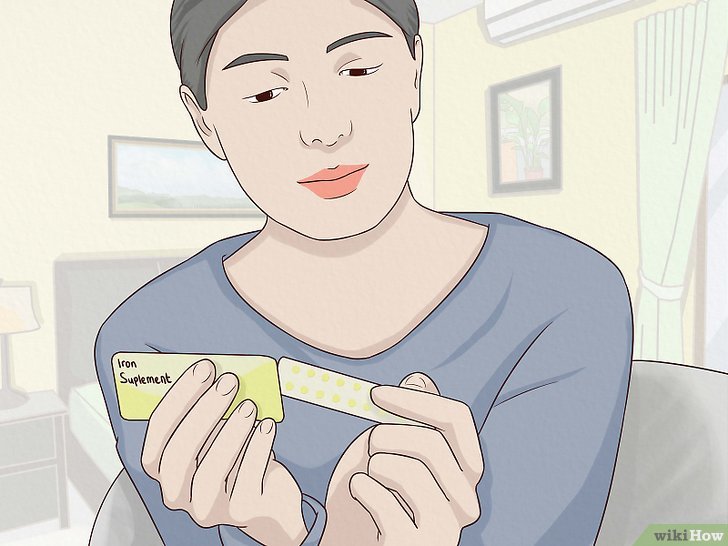
Iron deficiency is a common nutrient deficiency and can definitely lead to hair loss. If you are iron deficient, redesign your diet or take supplements to get the recommended amount.
In general, men need 8 mg iron daily and women 18 mg iron.
Sources of iron are red and lean meats, fish, beans, nuts, legumes and leafy green vegetables. You can also take an iron supplement if your doctor tells you it’s safe.
- Include more zinc in diet.
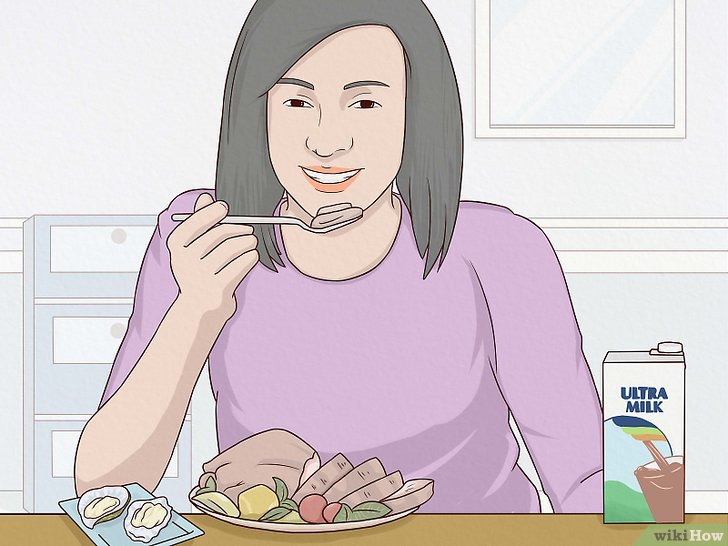
Adults need 8-11 mg of zinc daily. Zinc helps your body produce enzymes that support hair growth, and deficiencies are linked to hair loss. If you are zinc deficient, you can get more from your diet or from supplements.
Good sources of zinc include oysters and other shellfish, red meat and poultry, beans, nuts, whole grains, and dairy products.
Zinc deficiency is more common if you have a digestive disorder such as inflammatory bowel disease. It is also possible if you are vegetarian or vegan.
- Eat omega 3 and omega 6 sources.
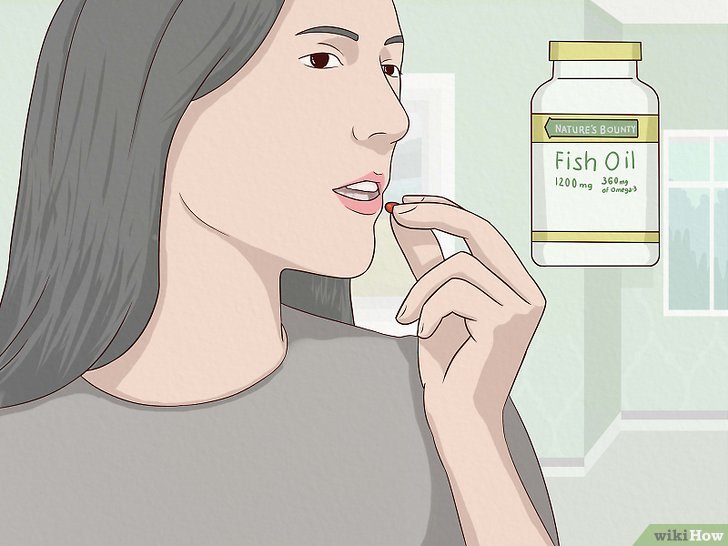
These fatty acids can support the health of your follicles and stimulate hair growth. Good sources include fish and shellfish, seed and vegetable oils, nuts, beans, and soy.
You could also get fatty acids from fish oil supplements, but the effects of these supplements on hair growth are not yet known.
- Have more biotin.
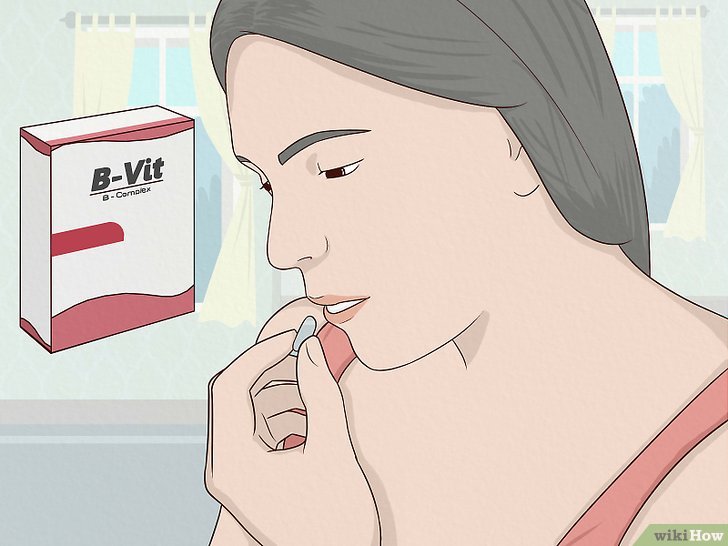
You only need about 25-30 mcg of biotin per day. Biotin is a B vitamin that supports hair growth. If you don’t get enough of this nutrient, your hair could become thinner. Make sure you’re getting the right amount from your diet every day.
The best sources are offal, fish, eggs, seeds, nuts, and red meat.
Biotin deficiency is fairly rare, so it’s unlikely to be causing your hair loss.
- Get selenium from food instead of supplements.
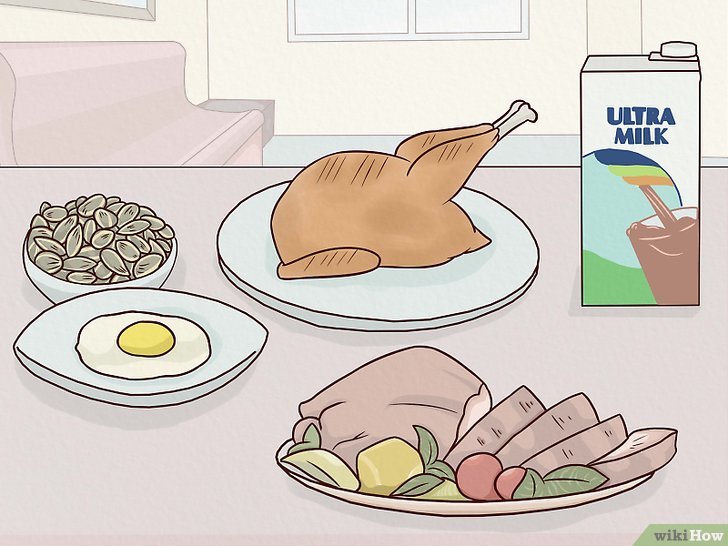
Selenium is a type of protein that definitely plays a role in hair growth. Because of this, many hair growth formulas use it. However, consuming too much selenium can lead to selenium toxicity, which also causes hair loss. It’s best to get selenium from your regular diet rather than supplements to avoid consuming too much.
Adults need about 55 µg selenium daily. You can get this from meat, poultry, eggs, dairy, and whole grains.
- Don’t eat too much vitamin A or E.
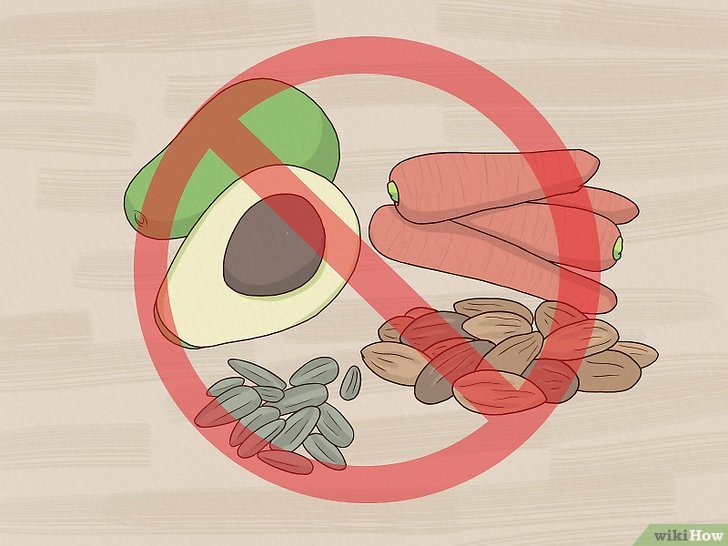
Too much of either nutrient in your system could actually cause hair loss. Keep your intake of each vitamin within normal ranges to avoid problems.
It is very difficult to get too many vitamins from your regular diet. The typical cause is overuse of supplements, so make sure you take all supplements exactly as directed.
- Apply hair growth medication to your scalp.
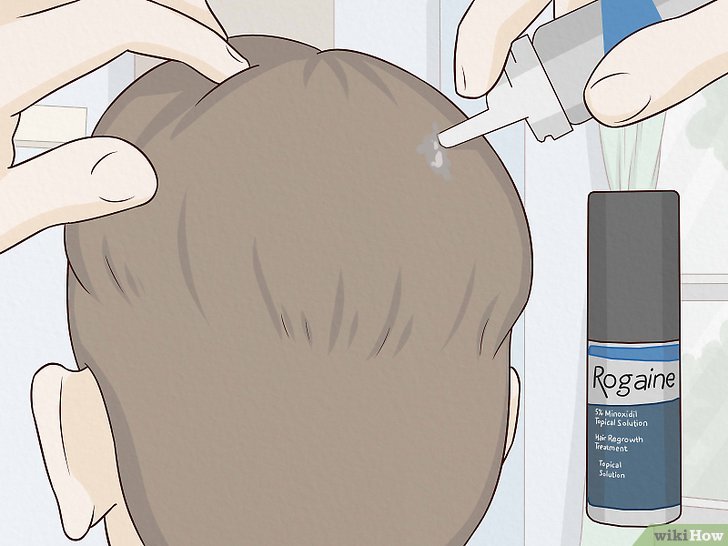
The most common brand of this drug is Rogaine. It comes in the form of a mousse or shampoo that you apply to your scalp once or twice a day, depending on the directions. It can take up to 6 months to see results but is an effective hair loss treatment.
Rogaine is available without a prescription.
Be careful and don’t put the drug in places where you don’t want hair growth.
- Stimulate your follicles with corticosteroid injections.

This is a common treatment for people with some bald spots. Steroid injections can reduce inflammation in your follicles and help them produce more hair. Your dermatologist can give you these injections every 4 to 8 weeks, so stick to your appointments for the best results.
This treatment can show results within 12 weeks if you keep to your appointments.
- Treat yourself to a laser scalp treatment.
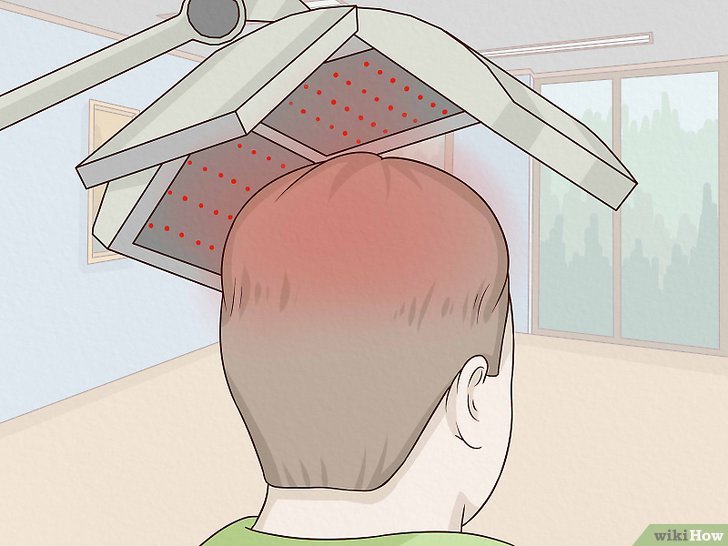
You may need multiple sessions a week for a few months before seeing results. It’s possible that laser treatments stimulate your hair follicles to produce more hair. These treatments are performed in the dermatologist’s office, so be sure to discuss the treatment with them if you’d like to try them.
You can also use laser treatment along with another treatment to stimulate hair growth like medication.
- Try a hair transplant.

Transplants work best when you still have hair on your head. In a hair transplant, some healthy follicles are taken from another part of your scalp and implanted in bald areas. A surgeon or dermatologist will numb your scalp locally and then perform the transplant. You can go home after the treatment.
Follow all post-treatment instructions provided by your doctor for the best results.
You may need follow-up surgeries to fill in any remaining bald spots.

